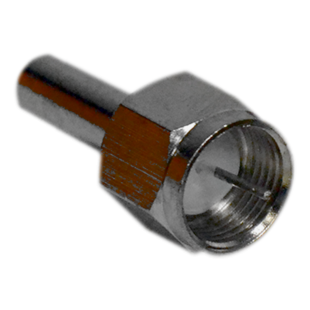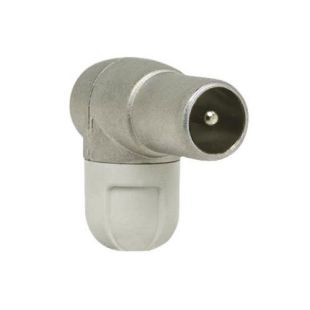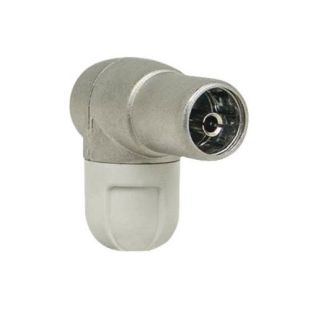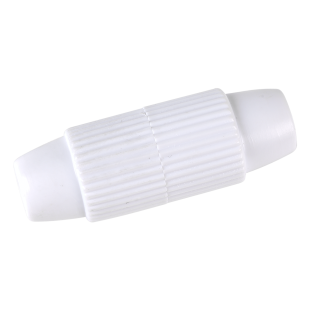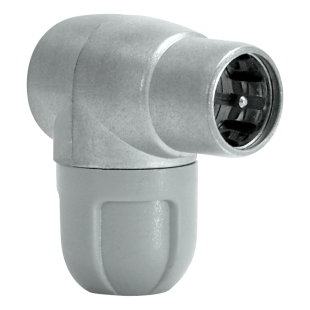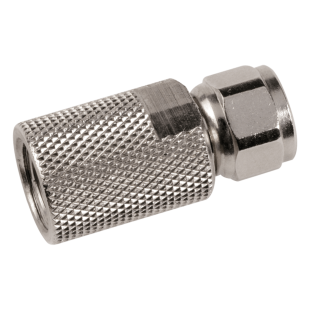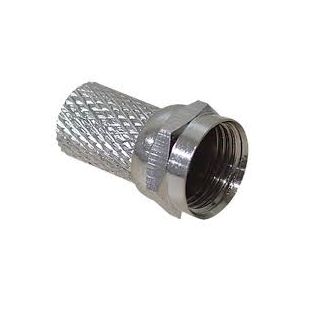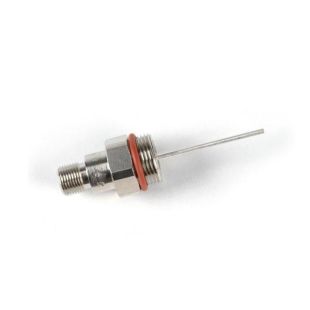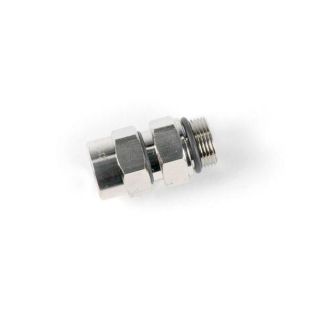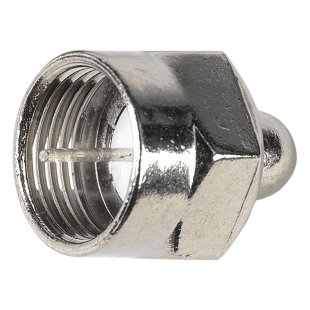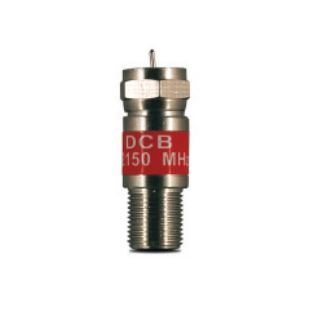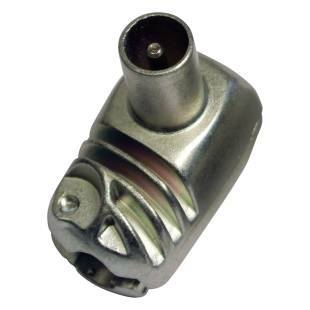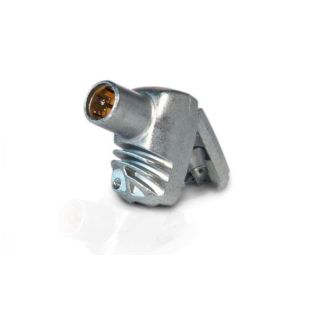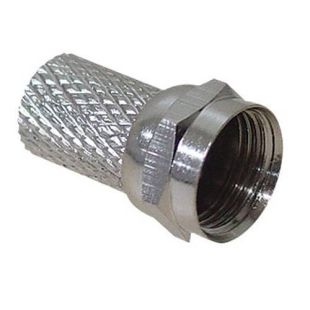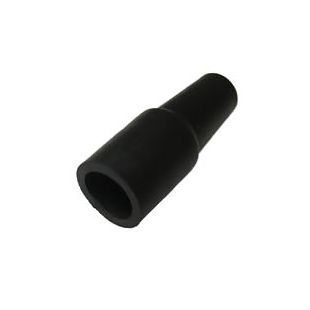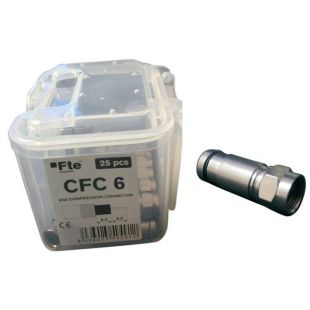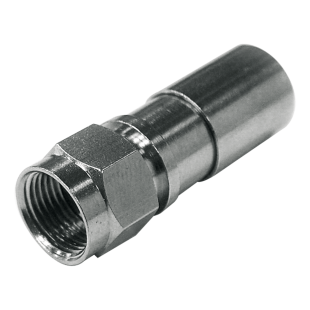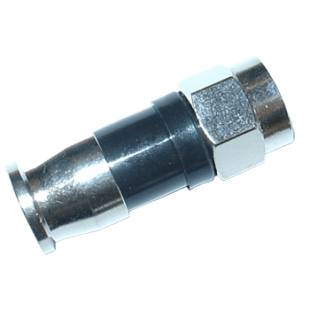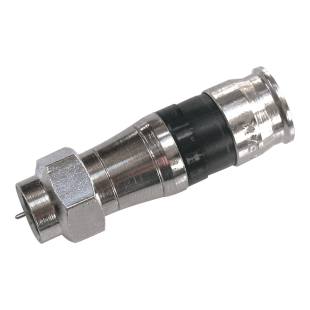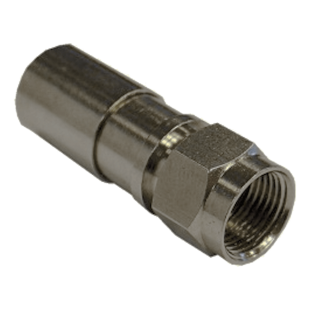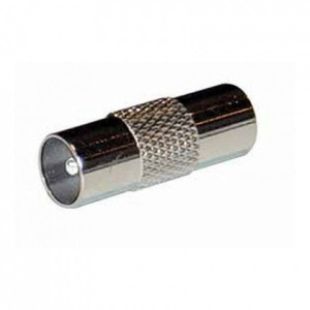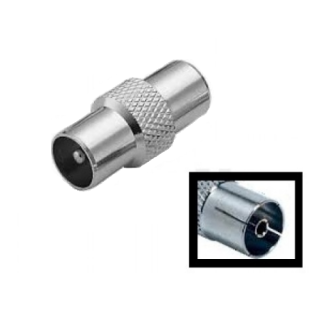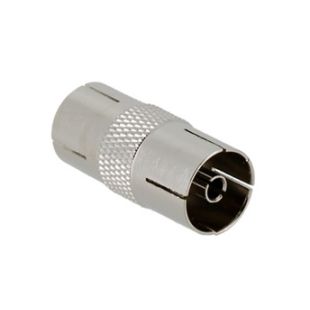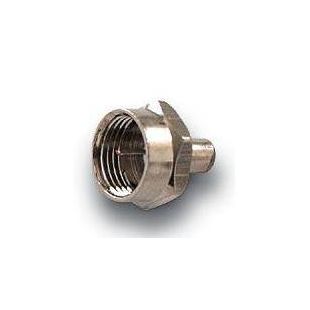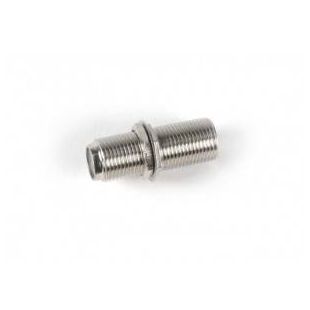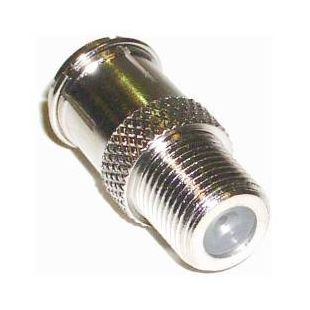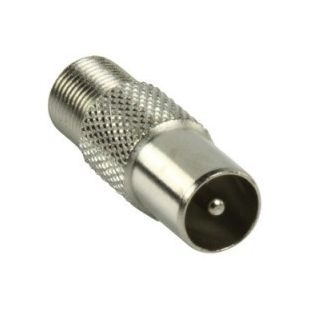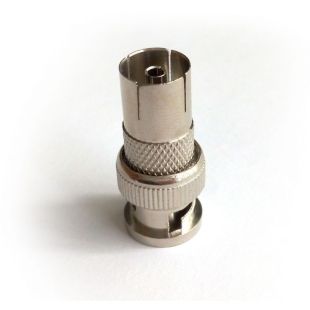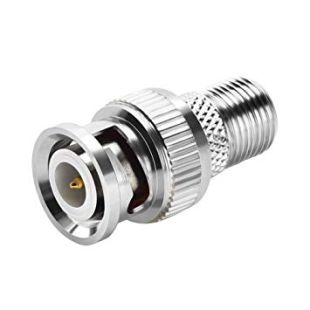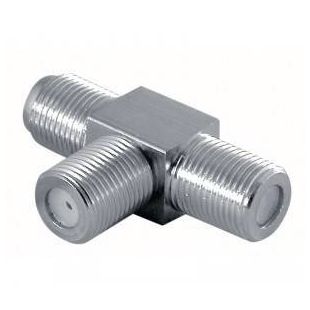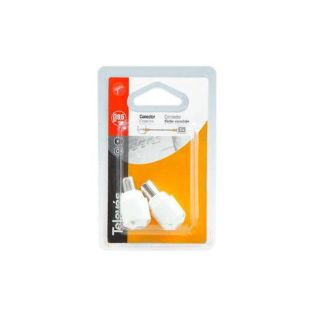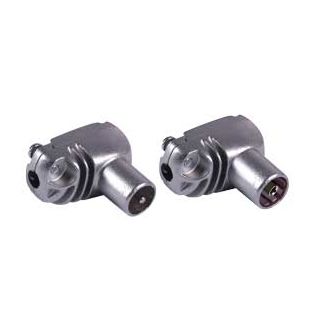Great store. Will be my favorite in the future. Sent quickly. All items are brand new sealed. And the prices are very nice. Separately, I want to thank Álex Guerra, who controlled my order from start to finish. In general, you are great!!
Thank you for the service. Absolutely top
Great comms. Very helpful and reliable all along
Order placed packaged well, dispatch and delivered promptly Would use again. Thank you
42/5000 the best team, both human and technical
-
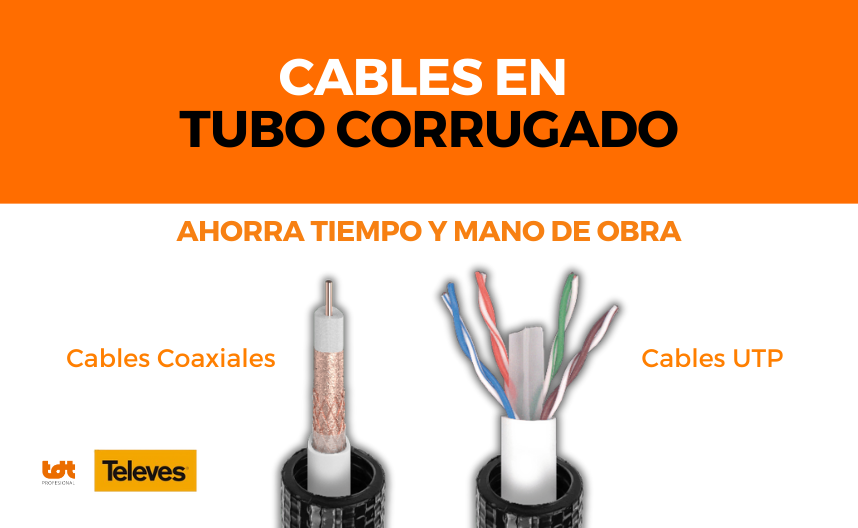 Por qué usar tubos corrugados en tus instalaciones
Por qué usar tubos corrugados en tus instalaciones¿Por qué usar tubos corrugados? Si los cables ya vienen preinstalados dentro de un tubo corrugado conseguimos un ahorro de tiempo y de mano de obra. Te contamos todos sus beneficios.
-
 Qué Tipo de Armario Rack Necesito
Qué Tipo de Armario Rack NecesitoPara escoger un armario rack adecuado a nuestras necesidades tenemos que conocer los tipos de racks que existen y cuales son las condiciones que necesitamos que cumplan. […]
-
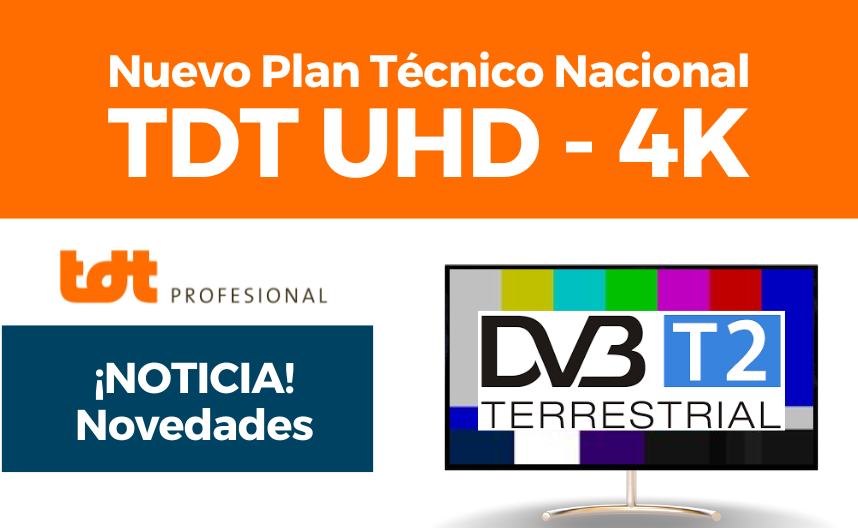 Nuevo Plan Técnico TDT
Nuevo Plan Técnico TDTNuevo Plan Técnico TDT Nacional 2025 que transformará la televisión en España.
Se impulsa la DVB-T2, codificación HEVC y UHD 4K. Asegúrate de estar preparado y elige receptores actualizados. -
 Comprar Material Telecomunicaciones
Comprar Material TelecomunicacionesComprar material de Telecomunicaciones – Encuentra marcas como Fermax, Televes, Hikvision o Ajax de manera sencilla
-
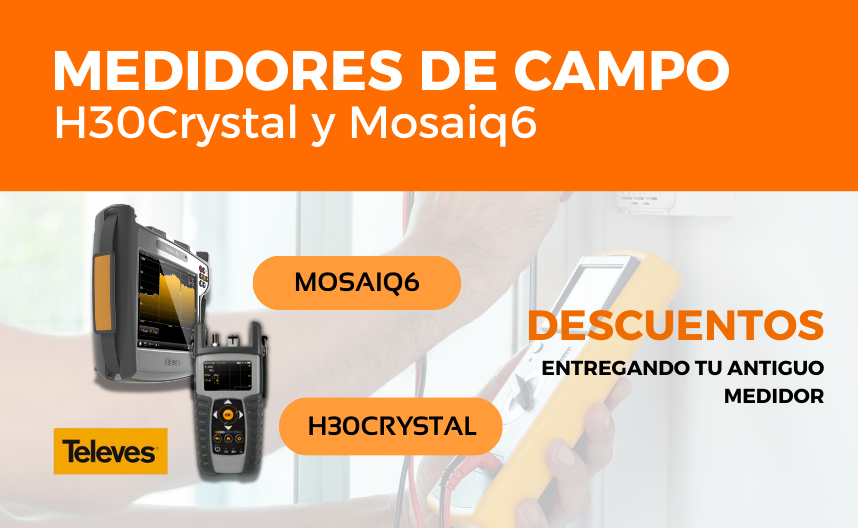 Renueva Medidor de Campo con la promoción X-Change
Renueva Medidor de Campo con la promoción X-ChangeRelanzamiento de la promoción X-Change de Televes, medidores H30Crystal y Mosaiq6. Posibilidad de obtener descuentos entregando un antiguo medidor.
-
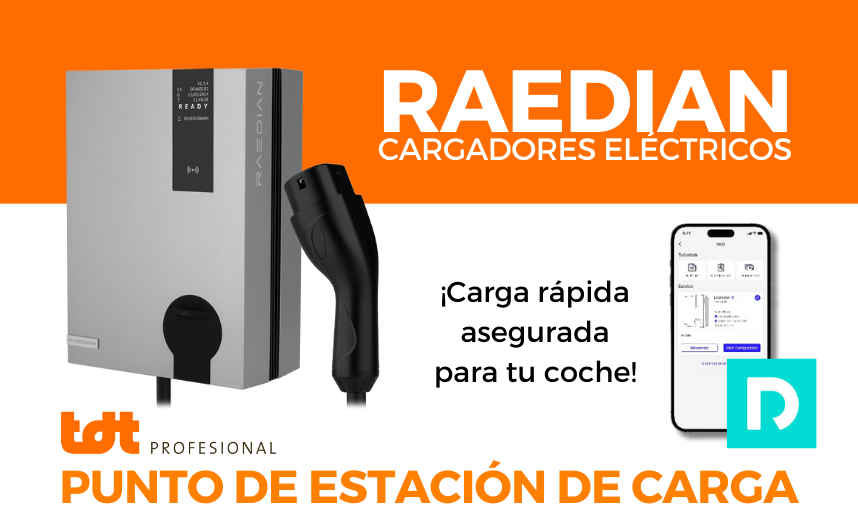 Cargador Coche Eléctrico
Cargador Coche EléctricoCargadores coche eléctrico Raedian: fáciles de instalar y controlar con la app. Disfruta de carga sin complicaciones, conectividad 4G y funciones avanzadas. ¡Optimiza tu punto de carga!
-
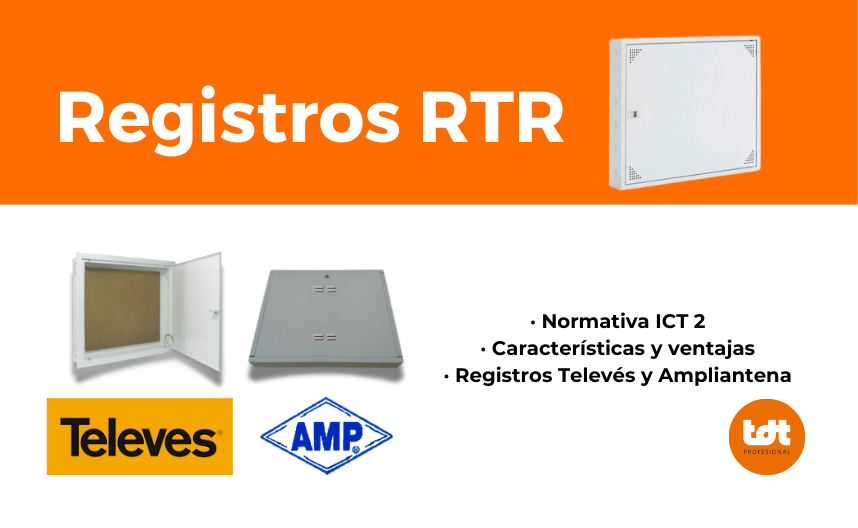 Registros de Terminación de Red (RTR)
Registros de Terminación de Red (RTR)Como instalador de telecomunicaciones, es imprescindible conocer en detalle los productos que componen cada red de las instalaciones ICT. En el blog de hoy vamos […]
-
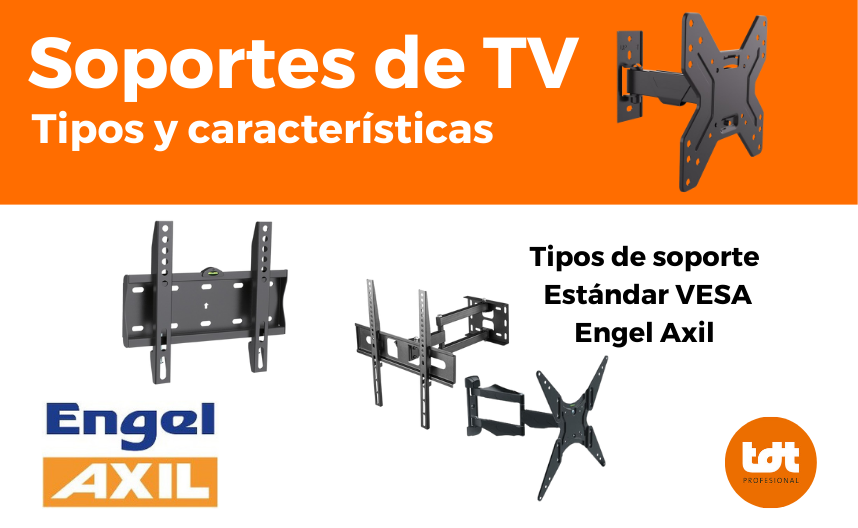 Soportes TV – Fijos, Ajustables, Pared y Techo
Soportes TV – Fijos, Ajustables, Pared y TechoAntes de adquirir un soporte, debemos tener en cuenta varios puntos, como las pulgadas para las que son válidos o el peso. A continuación, hablaremos […]
Connectors and connections for signal distribution
In this section we have the connectors and the connections that are necessary to adapt the union of elements and in this way to make the connection between all the passive and active elements that are in the telecommunications installation. We have different types of connectors such as: F connector, CEI connectors (also known as IEC connectors or in colloquial jargon, male connectors or female connectors), BNC connectors, comprehension connectors, and a multitude of adapters between connections. In addition to the tools needed to work with these and loads 75Ω that adapts the impedance of the cable.
- Connectors F: It is the telecommunications connector par excellence. It is a connector that is threaded on the sheath of the coaxial cable and has on its other side a hexagonal thread to use a fixed wrench, but almost always the fingers themselves are used to connect it, turning the thread on the female connection.
- CEI Connectors: CEI or ICE connectors are known as male connectors or female connectors. They are the most common floor-to-ceiling connectors. It is the typical connector that carries our television from behind and the TV wall base.
- BNC connectors: These are most commonly used connectors by professionals since they are connected in measurement equipment or in CCTV recorders that are usually installed by professionals. It is a connector that is inserted and then made half-turn to leave it tight. It is a secure connection that is not easy to be released by itself.
- Compression Connectors: It is not a type of connector as such, but is a version of all of the above. They are connectors that instead of being threaded on the sheath or screwed onto the cable, a crimp tool is needed to trap the connector with the cable. Once the compression has been made it is impossible to reuse it for a new connection. It is fixed forever and if you need to do it again you have to cut the cable and start over. Same as RJ45 for Ethernet. They can not be released.
- The 75 Ohm loads are used for those connections of the distribution network elements of the television network that are left unconnected. It is an element that is not normally addressed but is of paramount importance because these loads prevent noise and interference from entering our television system and causing poor signal quality. They are impedance adapters.
- Adapters: Adapters can be found in all subcategories of this section. They are hybrids between connections and others. To switch from one connection to another or from male to female.
- Tools: Finally we have a section of tools for connections.



